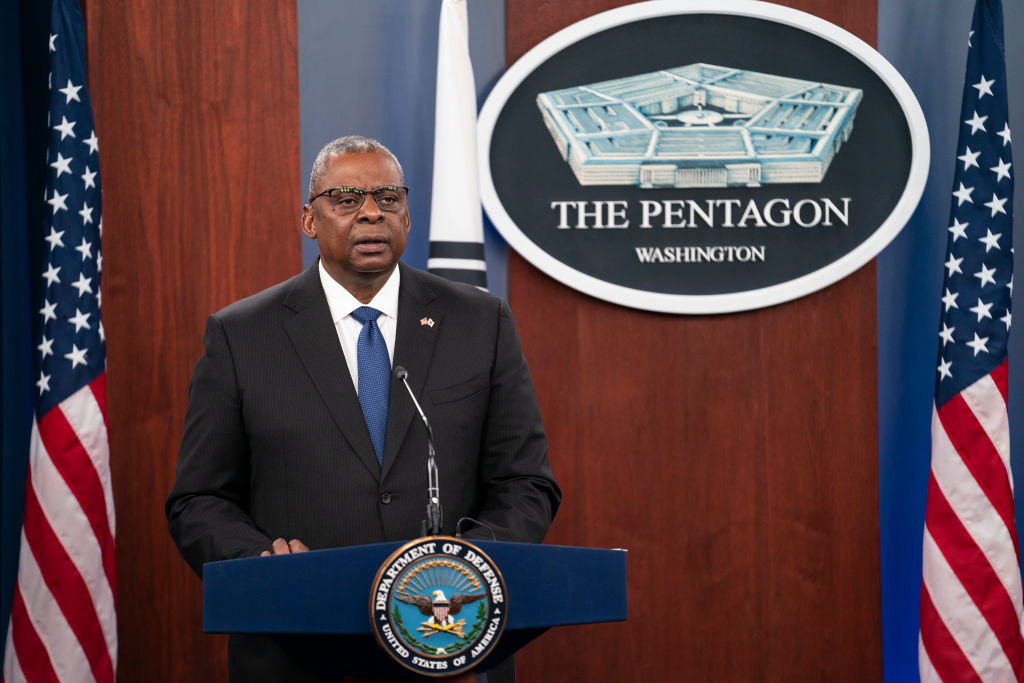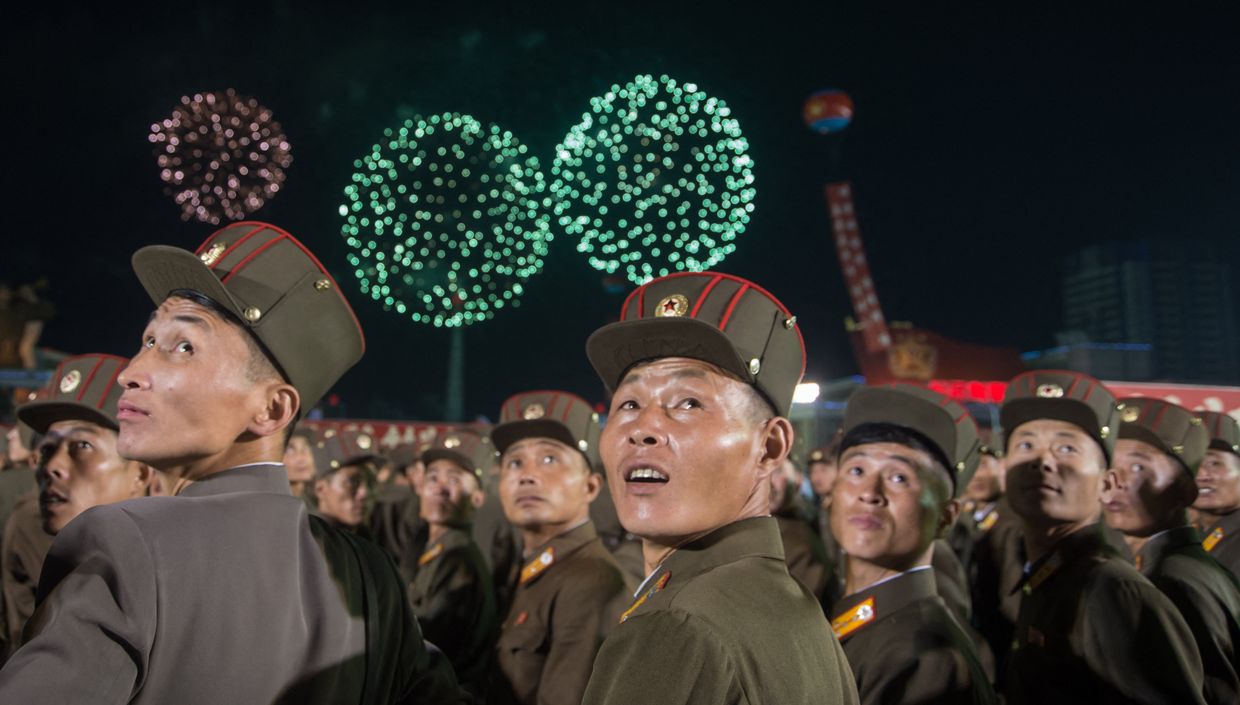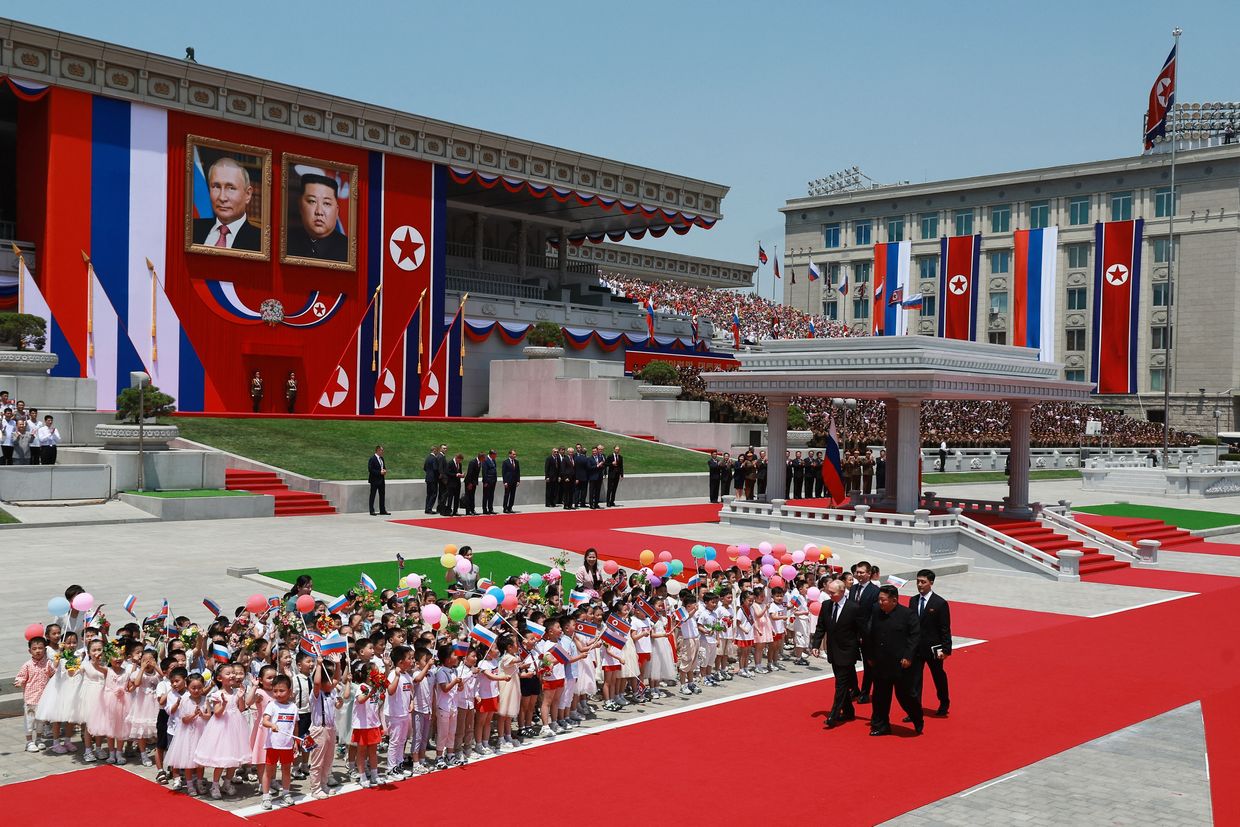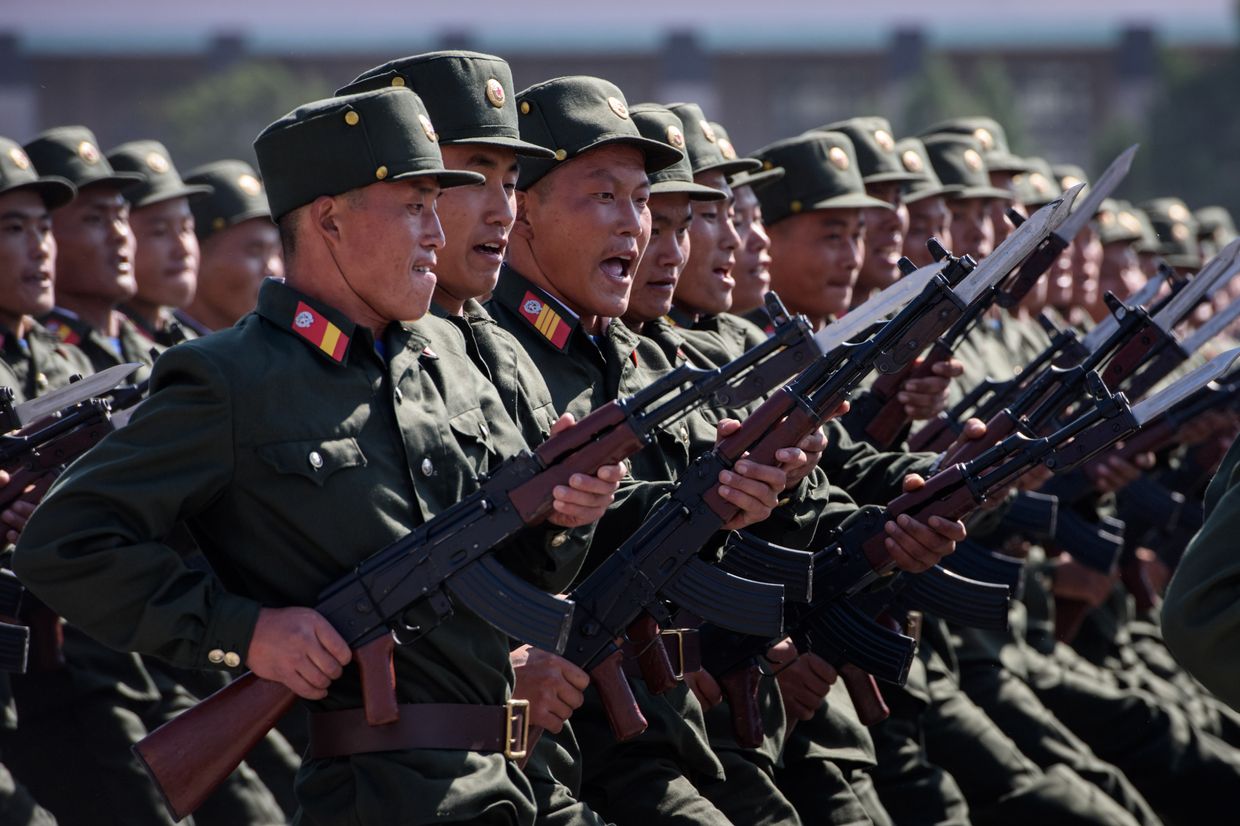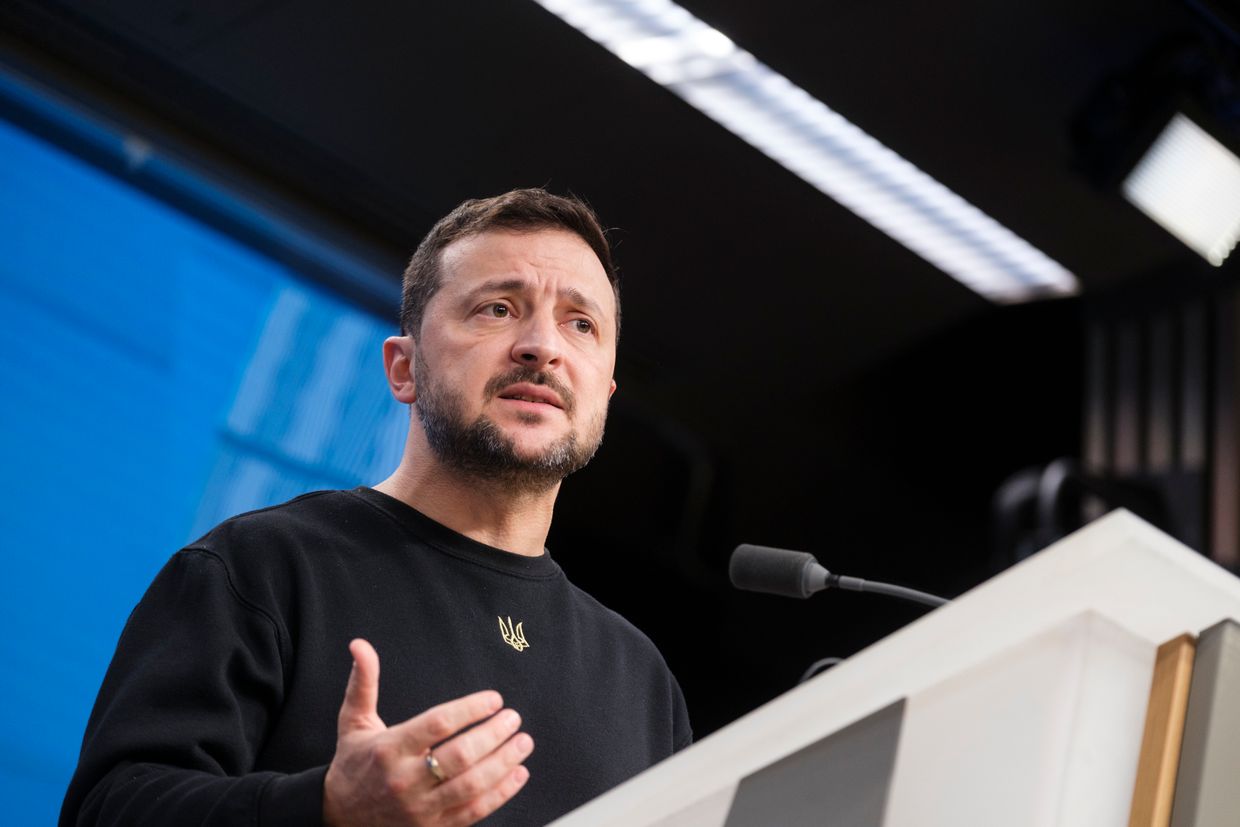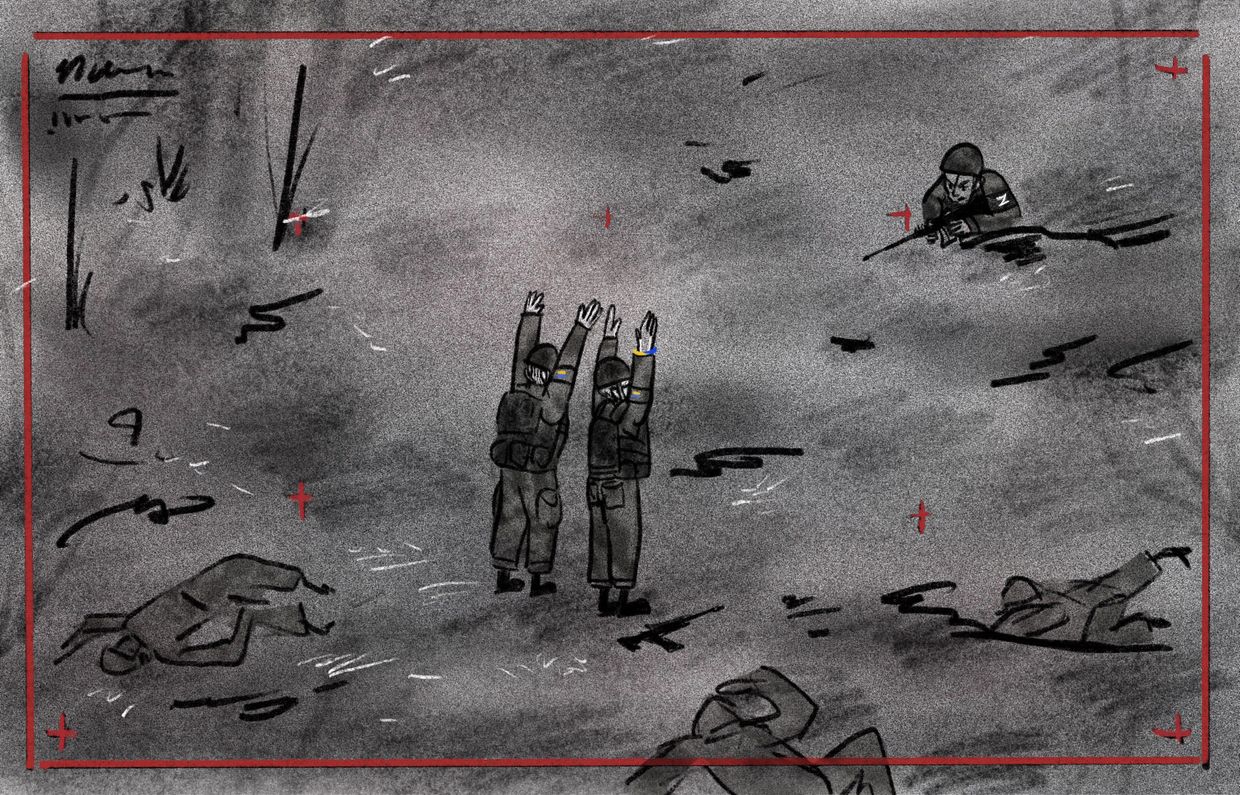Key developments on Nov. 4:
- Russia’s attacks kill 8, injure 14 in Donetsk Oblast.
- Almost 500,000 households in Kyiv left without electricity.
- Number of unemployed in Ukraine to reach 2.6 million by 2023, says Economy Ministry.
- Russia drafts 318,000 men for its war against Ukraine, according to Putin.
The U.S. Department of Defense announced on Nov. 4 it will send Ukraine $400 million more in military aid, which includes contracts for 1,100 Phoenix Ghost drones, 45 refurbished T-72 tanks, and refurbishment of 250 HAWK surface-to-air missiles for eventual transfer to Ukraine, among other systems.
The package also includes funds to refurbish Hawk surface-to-air anti-aircraft missiles that are used for defense against Iranian-made drones that Russia is using to attack Ukraine.
“With Russia’s unrelenting and brutal air attacks on Ukrainian civilian critical infrastructure, additional air defense capabilities are critical,” the Pentagon said in a statement. “Funding to refurbish HAWK missiles will complement Spain’s recent commitment of HAWK launchers to help Ukraine meet this threat.”
On Nov. 2, Ukraine received four Hawk air defense systems, an Aspide air defense battery, anti-tank missiles, guns, and ammunition from Spain.
Power outages
After Russia’s intensified attacks on Ukraine’s energy sector that started on Oct. 10, Ukraine started to put in place rolling blackouts. As of the morning of Nov. 4, 450,000 homes in the Ukrainian capital are cut off from power, according to the city mayor, Vitali Klitschko.
He said the local authorities are implementing rolling blackouts due to the overload in Ukraine’s power system.
Klitschko urged Kyiv residents to reduce electricity consumption as much as possible as “the situation remains difficult.”
On Nov. 1, Kyiv Oblast Governor Oleksii Kuleba told Hromadske that if Russia continues to fire at Ukraine’s energy infrastructure and the country’s air defense can’t handle it, a total power outage could happen in the region, the capital included.
Zaporizhzhia Nuclear Power Plant, which used to provide a fifth of electricity for Ukraine, remains occupied by Russia. According to the International Atomic Energy Agency (IAEA), shelling damaged external powerlines to the plant, completely cutting power just one day after Ukrainian authorities transferred two reactors to a hot shutdown mode to generate heat for the city of Enerhodar.
The Institute for the Study of War said this timing suggests that Russian authorities seek to force the transfer of the plant to the Russian power grid by painting Russian control as “the only viable option.”
President Volodymyr Zelensky said on Nov. 1 that Russian missile and drone strikes have destroyed “30-40% of Ukraine’s energy system.”
On Nov. 4, the Group of Seven established a “coordination mechanism to help Ukraine repair, restore, and defend its critical energy and water infrastructure.”
In a joint statement issued on Nov. 4, the G7 foreign ministers rejected Russia’s “false claims that Ukraine is preparing a radiological ‘dirty bomb,’” following an IAEA assessment of three nuclear sites in Ukraine.
“The inspections by the International Atomic Energy Agency (IAEA) confirmed that these allegations are baseless, and we commend Ukraine for its transparency,” the foreign ministers said.
On Nov. 3, the International Atomic Energy Agency experts finished the in-field inspections at three Ukrainian nuclear facilities and found no “indications of undeclared nuclear activities and materials at the locations,” the agency’s chief, Rafael Grossi, said in a written statement.
G7 countries’ ministers also deemed Russia’s “nuclear rhetoric” as “unacceptable” and warned against the use of chemical or nuclear weapons, saying it “would be met with severe consequences.”
Russia’s losses
The General Staff of Ukraine’s Armed Forces reported on Nov. 4 that Russia has lost 840 troops in the past day, bringing the total number of Russian soldiers killed since the start of the full-scale invasion to 74,840.
The Ukrainian military also said it had struck Russian positions 21 times in the past 24 hours, hitting Russian military equipment, including air defense. Ukrainian soldiers also downed three Iranian-made Shahed-136 combat drones.
Russian President Vladimir Putin said that the country had conscripted 318,000 soldiers since late September, 49,000 of which are already fighting in Ukraine, according to the Russian state-controlled news agency TASS.
Putin has also signed a law that allows Russians convicted of serious crimes to be called up for military service, the agency added.
Multiple reports of Russia conscripting criminals to fight in the country’s war against Ukraine have surfaced online.
The U.K. Defense Ministry noted in its recent intelligence update that the Russian tactic of shooting deserters shows low morale of their forces.
The British intelligence said that as Russian troops are reluctant to fight in Ukraine, its military leadership has probably started using “barrier troops” or “blocking units” that threaten to shoot their own retreating soldiers to force offensives. According to the intelligence, the Russian leadership also wants to keep soldiers defending until death.
Southern counteroffensive
Defense Minister Oleksii Reznikov said on Nov. 4 he believes Russia may withdraw its forces from parts of Kherson Oblast.
“We all know the habit of Russians showing gestures of goodwill,” he said, referring to the Russian withdrawal from the outskirts of Kyiv and strategic Snake Island, both of which Russia described as “goodwill gestures.”
“I think they are potentially ready for such an act of goodwill. But they’re going to have to lose some of their potential due to (Ukraine’s) Armed Forces,” he noted.
He warned that Russia’s so-called “gestures of goodwill” must be taken with a grain of salt.
Meanwhile, Russians stepped up deportations of local residents from Kherson Oblast on Nov. 1 amid Ukraine’s continuing counteroffensive. It also imposed a 24-hour curfew in the city.
Russia ordered up to 70,000 residents within a 15-kilometer zone east of the Dnipro River to be resettled deeper into the region.
In Ukrainian-controlled Mykolaiv, there were only 44 days without Russia’s strikes since the start of the full-scale invasion, Mayor Oleksandr Sienkevych said.
“That’s why people don’t stay here – they don’t feel safe,” said Sienkevych.
The mayor said about 230,000 people currently live in Mykolaiv. The city’s February population was 486,000 people.
Attacks and casualties
In the past 24 hours, Russian forces have killed eight civilians and wounded 14 in Donetsk Oblast, not including occupied Mariupol and Volnovakha, according to Governor Pavlo Kyrylenko.
The National Police said on Nov. 4 that all civilians had been evacuated from Donetsk Oblast’s Mariinka, located 33 kilometers west of the Russian-occupied Donetsk.
All the houses in the city, once home to almost 10,000 residents, have been damaged or destroyed, according to police.
The evacuation campaign is now underway in the nearby city of Krasnohorivka, where about 800 civilians remain.
The General Staff said in its evening update on Nov. 4 that Russian forces continue to conduct offensive operations near Bakhmut, Avdiivka, and Novopavlivka in Donetsk Oblast.
In the past 24 hours, the Russian troops have launched three missile and five air strikes while also carrying out two artillery attacks.




